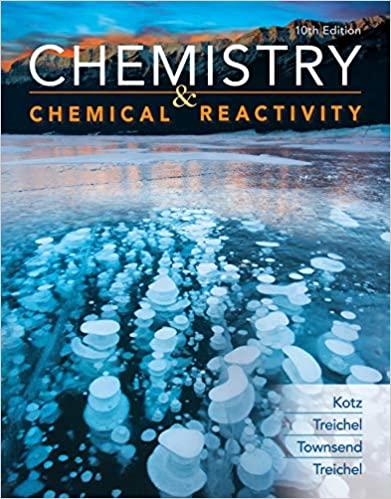When two amino acids react with each other, they form a linkage called an amide group, or
Question:
When two amino acids react with each other, they form a linkage called an amide group, or a peptide link. (If more linkages are added, a protein or polypeptide is formed.)
(a) What are the hybridizations of the C and N atoms in the peptide linkage?
(b) Is the structure illustrated the only resonance structure possible for the peptide linkage? If another resonance structure is possible,
compare it with the one shown. Decide which is the more important structure.
(c) The computer-generated structure shown here, which contains a peptide linkage, shows that this linkage is flat. This is an important feature of proteins. Speculate on reasons that the CO—NH linkage is planar. What are the sites of positive and negative charge in this dipeptide?

Step by Step Answer:

Chemistry And Chemical Reactivity
ISBN: 9780357001172
10th Edition
Authors: John C. Kotz, Paul M. Treichel, John Townsend, David Treichel





